It’s almost summer, which means that it’s report card time across America. Last week, we started grading and ranking principal owners or ownership groups of every MLS club on the good ‘ole A-F scale. This week, we’re finishing the job with the 14 best owners in the league.
There is a lot of parity, especially in the middle portion of these rankings until we get to the cream of the crop. As a reminder, here are the categories that we’re using to rank these owners.
Ambition: In MLS, the league roster rules are designed to create parity. However, there are a couple of mechanisms where teams with ambitious owners can spend outside the salary cap. An owner with an “A” here would be consistently opening the checkbook for big-time Designated Players, utilizing the new-ish U22 Initiative, and spending their discretionary Target Allocation Money.
Front Office: In a salary cap league where you can’t simply spend your way out of problems, who you select to run your team is of utmost importance. An owner with an “A” here can pick the right soccer-decision-making executives to run their team and who aid in player recruitment by developing a scouting network and a data/analytics team.
Infrastructure: Stadium, training facilities, and an academy are important tools for a modern soccer team. The top grade here goes to owners who have invested in a grass soccer-specific stadium in a great location, professional training facilities, the academy pipeline, and reserve teams. Don’t @ me teams that play at NFL stadiums.
Intangibles: It’s not really a report card if the teacher can’t put their thumb on the scales to bump up their favorites or send that little turd to summer school.
14. ROBERT KRAFT, NEW ENGLAND REVOLUTION
Ambition: B
Front Office: B
Infrastructure: C
Intangibles: C
Robert Kraft was an interesting owner to place in these rankings. It was only a couple of years ago when everyone was wondering if the only thing that Kraft cared about with the Revolution was filling up the Gillette Stadium calendar. Jay Heaps coached the Revolution for six years too many and when he was finally fired, his replacement, Brad Friedel, was let go after making comments about wanting to see fans beat up his players in the parking lot. What a time that was.
New England finally turned the corner by hiring arguably the best manager in MLS history in Bruce Arena, and showing a willingness to spend on Gustavo Bou, the recently transferred Adam Buksa, and Carles Gil. Those things culminated in the Revs easily winning the Supporters’ Shield last year. It’s clear that the Revs are more ambitious and relevant in MLS than they once were. However, questions remain in regards to the club’s future: Gillette Stadium is far from an ideal long-term stadium solution.
Kraft needs to prove that a downtown stadium in Boston is more than just a carrot to dangle in front of supporters during season ticket renewals.
13. DAVID BLITZER AND RYAN SMITH, REAL SALT LAKE
Ambition: C
Front Office: B
Infrastructure: B
Intangibles: B
There’s not much to say here about Blitzer and Smith so far, but there is potential. First, Blitzer and Smith are not Dell Loy Hansen, who was forced out as the owner of the club after a long history of racist comments was exposed. Second, the recent re-addition of DP Jefferson Savarino for a multi-million dollar fee is probably a good sign for RSL’s future. But we need more to properly judge this new ownership group.
12. MARK, ZYGI, AND LENNY WILF, ORLANDO CITY SC
Ambition: B
Front Office: C
Infrastructure: A
Intangibles: B
The Wilf Family’s purchase of Orlando City added yet another NFL ownership group to MLS. They inherit a lot of good pieces from Flavio Augusto da Silva, including one of the best stadiums in the league: Exploria Stadium is located within walking distance of the bar strip of downtown Orlando. It does, for now at least, seem that the Wilfs are following more of the Arthur Blank model of ownership than the absentee Stan Kroenke model, with the signing of Facundo Torres for a club-record $7.5 million transfer fee.
11. RED BULL GMBH, NEW YORK RED BULLS
Ambition: C
Front Office: A
Infrastructure: B
Intangibles: C
If there is a Dr. Jekyll and Mr. Hyde in MLS, it’s the New York Red Bulls and their relationship with the Red Bulls mothership. On one hand, the Red Bulls are one of the few clubs in MLS that have a definable organizational philosophy based around the gegenpress and youth development. That philosophy transcends management and the players charged with its implementation. As a result, the Red Bulls have created an analytically savvy organization that seeks to maximize value at the low end of the salary by developing homegrown players and providing first-team minutes for those players.
However, despite the significant investments in both the academy and in Red Bull Arena, the mothership doesn’t have a great history of actually spending money on players. Signing Patryk Klimala and Luquinhas could be a good start, though. They also don’t have a good track record of creating successful marketing and community outreach programs to prompt fans to show up to games in New Jersey. If that changes in the future, then the Red Bulls could very easily enter perennial contender status.
10. DEE AND JIMMY HASLAM AND OTHERS, COLUMBUS CREW
Ambition: C
Front Office: B
Infrastructure: A
Intangibles: C
When the ownership group led by the Cleveland Browns’ Dee and Jimmy Haslam bought the Columbus Crew, it was a triumph for the supporter-led movement to #SaveTheCrew. Since the Haslams took a stake, the Crew have won an MLS Cup in 2020 and helped open up a world class stadium in 2021 – Lower.com Field.
However, the Haslam era hasn’t been without its hiccups. Last year, the supporters rebelled against a rebranding that got rid of the Crew moniker. And this year, supporters protested the signing of QB Deshaun Watson by the Cleveland Browns.
9. CLIFF ILLIG & SPORTING CLUB OWNERSHIP GROUP, SPORTING KANSAS CITY
Ambition: C
Front Office: B
Infrastructure: B
Intangibles: B
While Kansas City is primarily known for its overrated barbecue, Cliff Illig and the Sporting Club Ownership Group has also turned it into an amazing soccer city.
Editor’s note: We are working around the clock to stop The Great Egan vs. Snavely Kansas City BBQ War of 2022. So far, progress has been slow.
Children’s Mercy Park has become an iconic venue for both Sporting Kansas City and the USMNT. The National Performance Center also gives both the USMNT and SKC a world-class training facility. As far as the future goes, the owners have given manager and sporting director Peter Vermes authority that is rarely seen in professional sports. But will that be good enough in this new era of MLS?
8. CITY FOOTBALL GROUP, NEW YORK CITY FC
Ambition: B
Front Office: A
Infrastructure: C
Intangibles: C
It took City Football Group a couple of years to figure out MLS, but NYCFC has been one of the top clubs in the league recently. It’s gone from a club with poor results built around aging DPs like Frank Lampard and Andrea Pirlo to a savvy club that has had great success generating roster value. New York City has begun finding productive ways to utilize the worldwide CFG scouting network, which is a competitive advantage that very few MLS teams can come close to matching. Additionally, NYCFC has shown an ability to export young talent to Europe with Jack Harrison, Gio Reyna, Joe Scally, and James Sands.
However, CFG still only winds up with a “C” for infrastructure because NYCFC has the worst stadium situation in MLS.
While there are signs of progress, the likelihood of NYCFC getting out of the ballfields of Yankee Stadium before the 2026 World Cup is becoming increasingly slim. Critics have also pointed out that CFG is also a sportswashing tool.
7. JOHN INGRAM, NASHVILLE SC
Ambition: C
Front Office: B
Infrastructure: B
Intangibles: B
Once again, like with a lot of the newer owners, we don’t have a lot of data to work with on Ingram. Still, it’s hard to criticize many aspects of Nashville’s product. Ingram assembled a strong team to lead the soccer side of operations in general manager Mike Jacobs and manager Gary Smith. Jacobs has been very shrewd in putting together Nashville’s roster, acquiring Walker Zimmerman from LAFC and hitting on DP Hany Mukhtar.
That Mukhtar deal is the type of big-money transfer that you see at other top-tier MLS clubs. And let’s not forget: opening GEODIS Park as the largest soccer-specific stadium in the United States is a huge feather in Ingram’s cap.
6. CLARK AND DAN HUNT, FC DALLAS
Ambition: C
Front Office: B
Infrastructure: B
Intangibles: B
Clark and Dan Hunt, sons of the legendary Lamar Hunt who almost single handedly saved MLS in 2001, have designed FC Dallas around the best academy in MLS. Other teams like the Union and the Red Bulls have quality academies, but even they’re not on FCD’s level. Ricardo Pepi, Bryan Reynolds, Tanner Tessmann, Reggie Cannon, Chris Richards, and Weston McKennie have all made their way to Europe and the USMNT in recent years.
Like the other academy-heavy teams, the primary complaints against the Hunts have been the lack of spending and the fact that Toyota Stadium is outside of Dallas proper in Frisco, Texas. While the Hunts have historically been frugal with their wallet, signing Alan Velasco for a $7 million fee could be a dangerous sign for the rest of the league.
5. ANSCHUTZ ENTERTAINMENT GROUP, LA GALAXY
Ambition: A
Front Office: C
Infrastructure: C
Intangibles: B
Philip Anschutz has always been synonymous with the LA Galaxy. The Designated Player rule was seemingly created to allow Anschutz to spend the millions needed to bring David Beckham to the Galaxy back in 2007.
In fact, Anschutz’s spending is so synonymous with the LA Galaxy that it’s hard to think of the Galaxy without thinking of them spending millions to secure players like David Bekcham, Landon Donovan, Robbie Keane, Steven Gerrard, Giovanni and Jonathan dos Santos, Zalatan Ibrahimovic, and Javier Hernandez. The money is still flowing in LA, even if it’s not being spent wisely on players like Douglas Costa and Kevin Cabral.
4. MAPLE LEAF SPORTS & ENTERTAINMENT, TORONTO FC
Ambition: A
Front Office: C
Infrastructure: A
Intangibles: B
When we talk about sporting conglomerates in MLS, very rarely do we mention Maple Leaf Sports & Entertainment like we do CFG and Red Bull. But you can make a strong argument that they are the stronger ownership group in the league. Toronto FC has Canada’s best soccer-specific stadium in BMO Field and MLSE has shown willingness time and time again to splash the cash needed to acquire big names.
Like with the Galaxy, whether that cash is used effectively is another story. TFC took a step backwards under Ali Curtis and Chris Armas and they’re struggling under Bob Bradley. Still, it’s hard to imagine them being this bad for very long with the resources MLSE is willing to invest into the team.
3. ARTHUR BLANK, ATLANTA UNITED
Ambition: A
Front Office: C
Infrastructure: B
Intangibles: A
In many ways, Arthur Blank is the ideal owner. He wants to win, the fans love him, and he has not hesitated to spend money on players and facilities. No one in MLS spends on Designated Players like Atlanta does. The most expensive incoming transfer list in MLS history is dominated by Blank’s money, including current starlet Thiago Almada ($16 million), Pity Martinez ($15.5 million), Ezequiel Barco ($15 million), Luiz Araujo ($10-12 million), and Miguel Almiron ($8 million).
Atlanta gets dinged in the infrastructure category for playing in a turf NFL stadium. Again, don’t @ me, but watching games at Mercedes Benz would be even better with a grass field. There are also major questions about the Darren Eales and Carlos Bocanegra-led front office in the post-Tata Martino era. Over the last few years, they’ve whiffed on Frank de Boer and some high-priced player signings like Pity Martinez, Barco, and Jurgen Damm.
2. LARRY BERG, BRANDON BECK, AND BENNETT ROSENTHAL, LOS ANGELES FC
Ambition: A
Front Office: A
Infrastructure: A
Intangibles: B
Like Atlanta, Los Angeles FC has been a model expansion team. The big difference is that LAFC’s sporting department is strong and, to NYCFC and the Revolution’s chagrin, they built a gorgeous soccer-specific stadium in downtown LA. The front office, led by John Thorrington, has been extremely efficient in the transfer market.
Not only did they sign Carlos Vela to anchor the team, but they are also utilizing South American leagues in Uruguay (Brian Rodriguez, Diego Rossi), Ecuador (Jose Cifuentes), and Colombia (Cristian Arango) that are often not as targeted by MLS teams.
1. ADRIAN HANAUER, SEATTLE SOUNDERS
Ambition: A
Front Office: A
Infrastructure: B
Intangibles: A
It’s not going to surprise anyone to see Adrian Hanauer on the top of these rankings. The trophies, including this year’s Concacaf Champions League trophy, speak for themselves.
The only real blemish for the Sounders is that they play their games in a turf NFL stadium, which is an imperfection largely mitigated by the large crowds at Lumen Field and the relationship the club has crafted with its supporters over the years. Much of the Sounders’ success can be attributed to the front office that Hanauer has assembled around general manager and president of soccer Garth Lagerwey. Seattle has also invested in an analytics department and academy and reserves teams. On top of those things, it certainly helps to have an owner who is willing to spend millions on the top end of the Sounders’ roster.


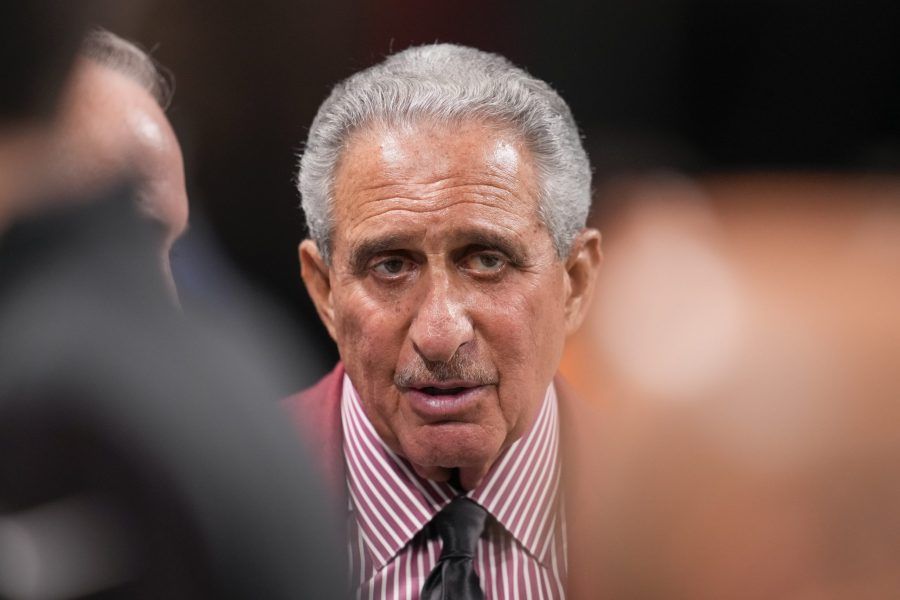
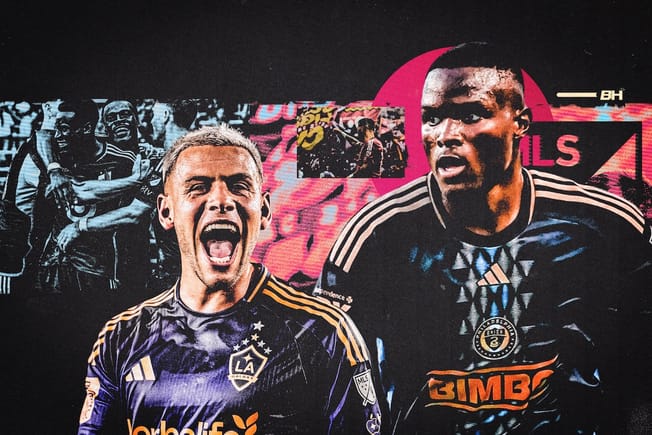
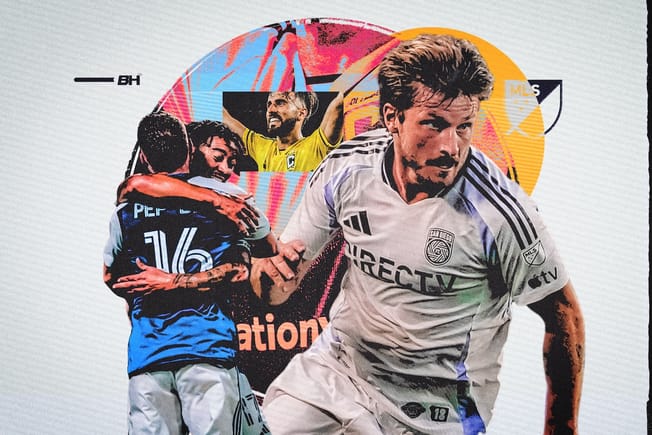
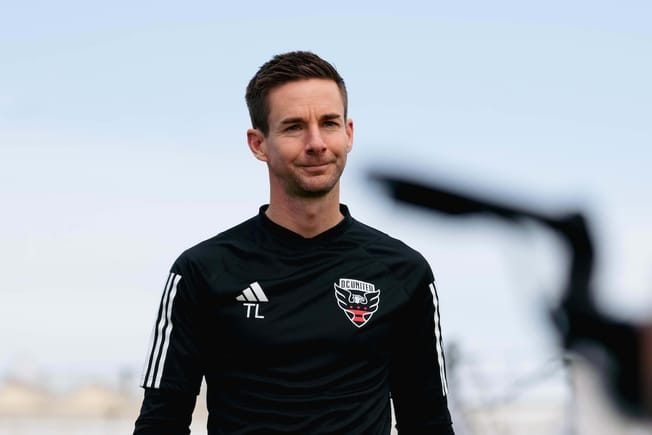
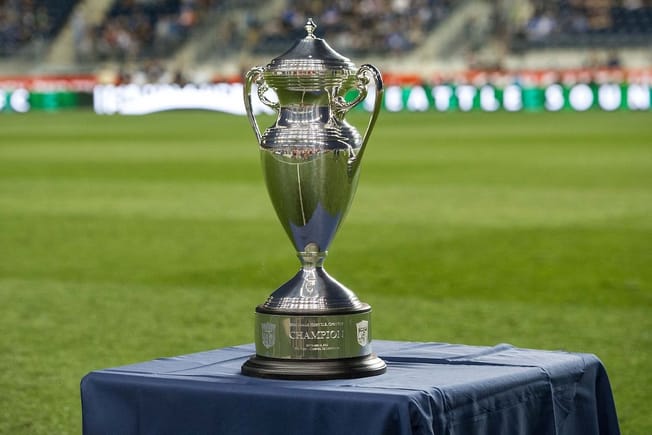
Comments